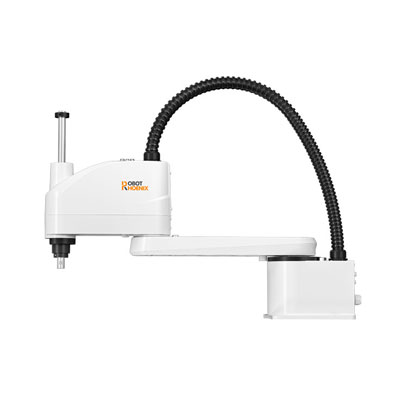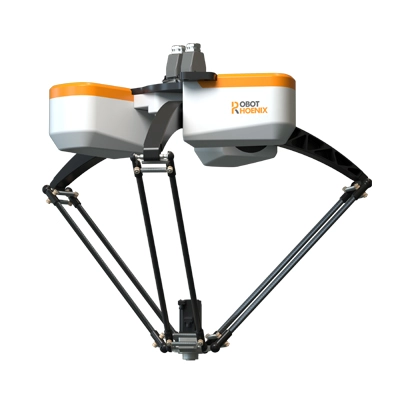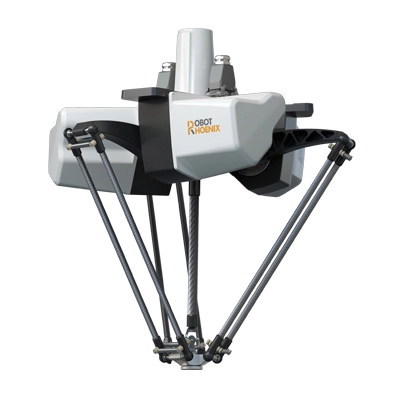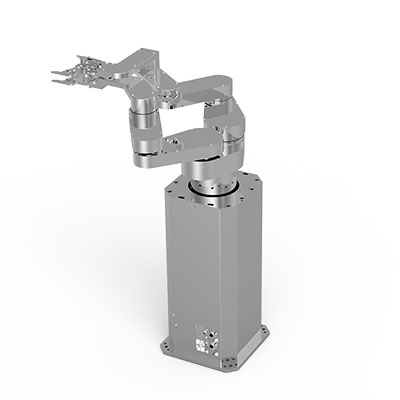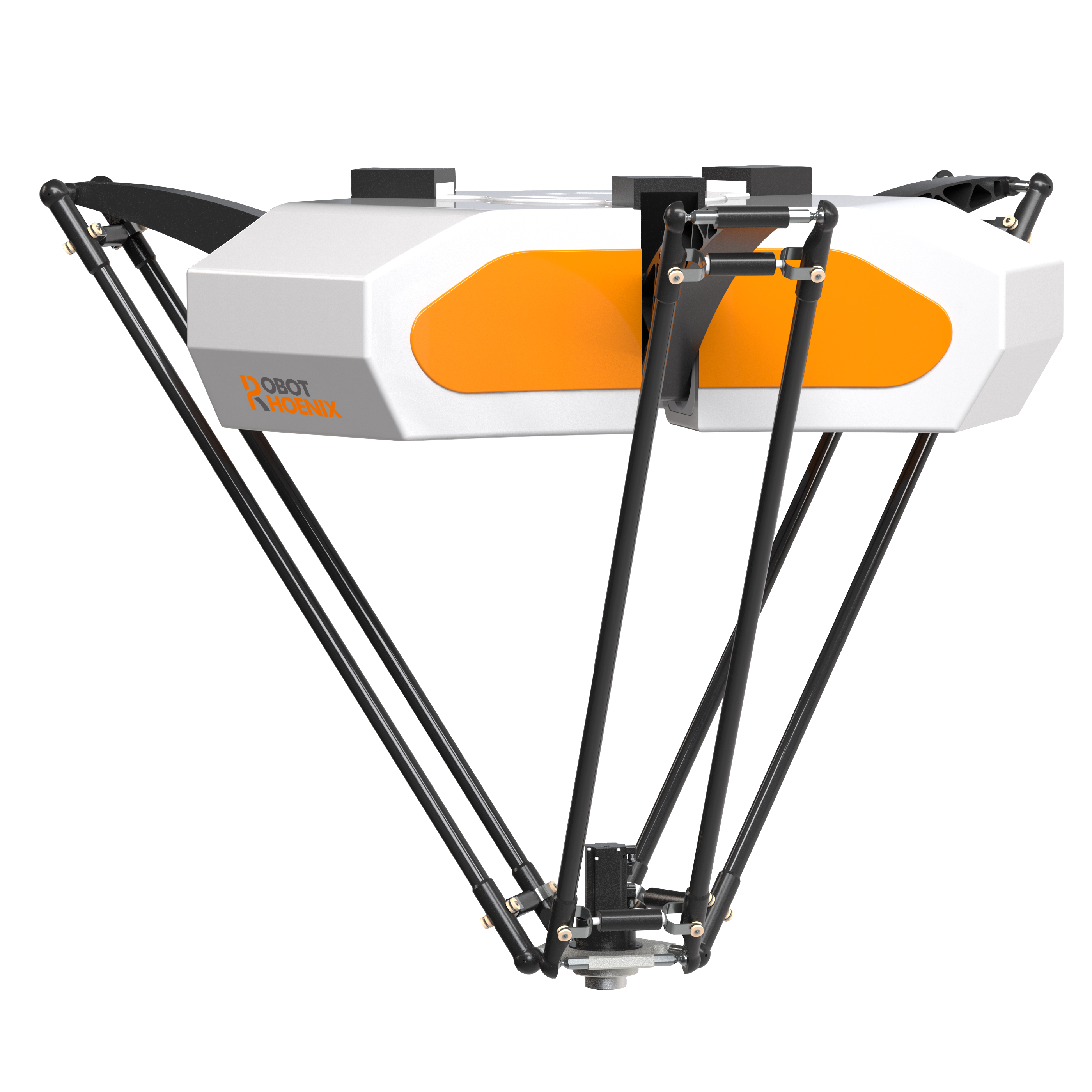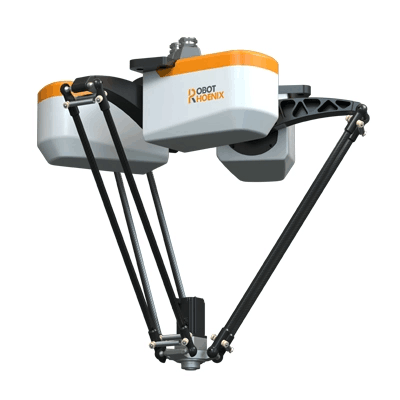In the world of automated systems, robots have become an indispensable part of it. The rise of robots in industries, manufacturing, and even households have been phenomenal. With the advent of newer technologies, the efficiency and precision of robots keep increasing. One such innovative robot that has grabbed attention in recent times is the Delta Robot. With its unique structure and design, it allows for fast and precise motion control like never before. In this blog, we will delve deeper into how the structure of a delta robot enables such precision and explore the advantages that come with it.
Structure of Delta Robot
Delta Robots typically have three arms connected to a fixed base, forming a Delta shape. These arms are typically made up of lightweight and rigid materials such as carbon fiber, and each arm is driven by one motor. The end effector (we’ll call it the hand) is attached to the three arms by a series of parallel traversing links. Instead of the traditional robotic arm structure, delta robots have inverted kinematics, which means that the movement of the arm is controlled from the fixed base, rather than the effector itself. This inversion enables delta robots to maintain high accuracy and significantly speeds up the movement.
Delta Robot Advantages
Delta Robot brings several advantages over conventional robotic systems, which makes it perfect for applications-specific functions. Here are some of the key benefits of delta robots.
High Speed - The inverted kinematic structure of delta robots enables them to deliver ultra-high speed and acceleration without the risk of losing accuracy. Compared to a traditional delta robot arm, delta robots can perform movements much faster by minimizing idle time, increasing the throughput, and reducing the cycle time.
High Precision - Delta robots can make precise movements with micrometer-level accuracy. The combination of the lightweight arms, fixed base, motor control, and the inverse kinematics feature provides excellent precision, which is extremely critical for industries looking to automate small components.
Flexibility - Due to the unique design of delta robots, it can perform complex moves such as circling and spiraling without any inconvenience. This feature enables delta robots to draw complex patterns, giving more options to perform tasks based on the input required.
Compact Design -Delta robots take up minimal floor space, which make them a great option where every inch of space matters. Its compact design not only saves space but also makes it easy for integration into existing automation systems.
Delta Robot Applications
Delta Robot applications include various industries, including food, pharmaceuticals, pick and place, packaging, electronics, and many more. They are typically deployed in applications where high accuracy, high speed, and fast movement are required.
Delta robots have become a preferred choice in industries due to their unique design and numerous benefits. High speed, high precision, flexibility, and compact design are some of the advantages offered by a delta pick and place robot. In addition, the ability to integrate it into existing systems without having to make significant changes is yet another advantage of Delta robotic systems. With its ultra-high speed and accuracy, delta robots are making manufacturing much more efficient and helping industries automate complex tasks with ease. Delta robots are indeed the future of robotics due to their diverse applications and advantages.
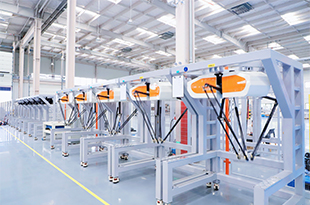 Learn More
Learn More 
 EN
EN  ja
ja  ko
ko  fr
fr  de
de  es
es  ru
ru  pt
pt  ar
ar  vi
vi  ur
ur 